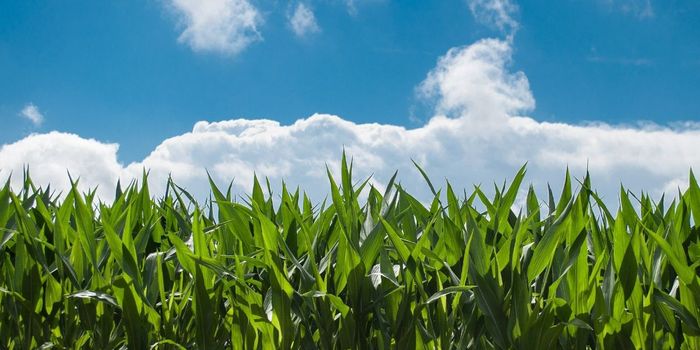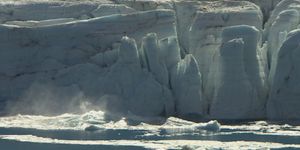The huge, majestic forms of sand dunes that cover the world's largest desserts are mysterious. An excerpt from a BBC documentary explains that sand dunes begin to assemble on the leaf side of dessert shrubs, forming small hummocks amidst the individual sand grains.
These hummocks and mounds steadily grow and transform into crescent shaped dunes, with their backs to the wind. Sand dunes are are mobile as rivers in their movement, creating wind patterns of eddies and currents, trapping everything in their wake.
Beetles, snakes, and lizards are some of the 200 species that live in the Namibian dessert. Without any hiding places, many animals depend on camouflage for their survival. Their senses of smell and sight are heightened for defenses and predation.








